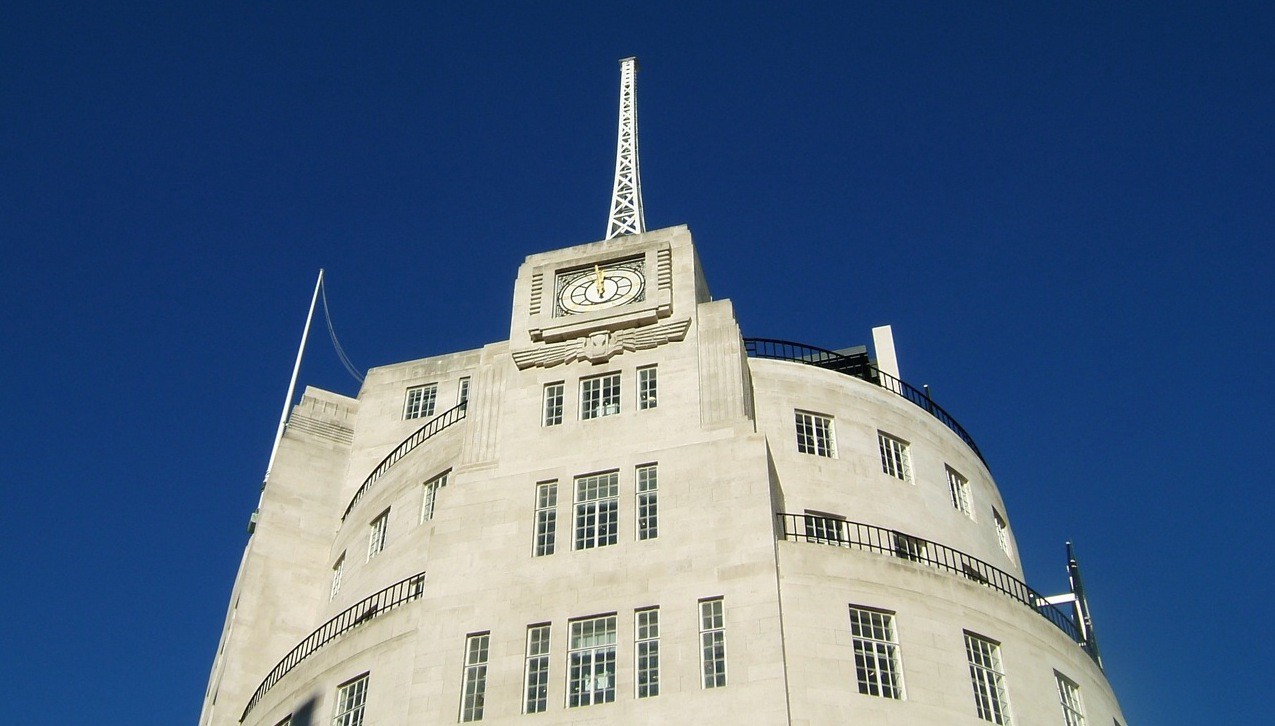

People all over New York are painting their rooftops white. Why? To tackle climate change.
It’s a practice those along the Mediterranean and in the Middle East have been applying for thousands of years–using white or light-colored roofs to help cool their homes. Now, a global movement claims reflective roofs could help cities deal with the effects of climate change.
“We first started in 2010 with the coating of the Bowery Mission homeless shelter and homeless services organization in New York City,” said Heather James, who serves on the White Roof Project‘s board of directors. With a mix of direct funding, partnering, and DIY projects, the organization estimates it has coated nearly one million square feet of rooftop all over the United States.
Cities tend to be hotter than areas surrounding them, a phenomenon known as the “urban heat island” effect. That’s set to intensify as global temperatures rise, increasing health risks–especially for elderly people and those living on lower incomes. Urban planning measures like increasing green areas and so-called cool roofs are efficient ways to limit the urban-heat island effect while also keeping emissions from air conditioning and fans down.
Wear black on a hot day and you’ll feel it for yourself: Dark surfaces absorb heat, while light, reflective surfaces keep things much more comfortable. But cool surfaces don’t have to be white. Reflective materials can come in different shades, including gray and red. The important thing is that they cool themselves quickly by emitting infrared radiation and reflecting a high fraction of solar energy.
So, just how much of a difference could a cool roof make on a hot day? According to Berkeley Lab’s Heat Island Group at the University of California, Berkeley, white roofs reflect around 80 percent of sunlight–while black roofs reflect just 20 percent–and will stay about 55 degrees (31 degrees Celsius) cooler on a sunny day. James said a roof covered with solar-reflective white paint will reduce cooling costs by up to 40 percent on a 90-degree (32-degree Celsius) day.
The Global Cool Cities Alliance (GCCA), also founded in 2010, aims to take this science and accelerate a worldwide transition to cool surfaces–not just rooftops but sidewalks, too. Kurt Schickman, the organization’s executive director, said although GCCA is still introducing the concept in many places, interest has been “intense.”
After the organization sponsored a project to put cool coatings on a traditional home in South Africa’s Northern Cape, “The owner said he was able to nap inside during the day for the first time in his life,” related Schickman. The resulting interest from local governments in South Africa has led to cool-materials testing standards and a cool-surfaces industry group.
The White Roof Project and GCCA say cool roofs should be part of the global response to climate change. Several studies back up this claim. For example, a paper published in 2010 suggests that increasing the reflectivity of roofs and pavements in cities with over a million people in the Northern Hemisphere would offset 57 gigatons of carbon dioxide emissions.
Still, scientists do not claim white roofs as a (reflective) silver bullet for the problems of urban heat. One important question is whether turning areas of the earth into large mirrors might trigger new problems.
For example, reflective surfaces could affect local weather patterns. Professor Mark Jacobson at Stanford University co-authored a paper in 2011 which hypothesizes that the cooling due to white roofs could cause fewer clouds to form. Clouds work as mobile sun reflectors, so fewer of them could actually cause surface temperatures to rise.
Increasing light reflection can also mean that dark pollution particles in the air absorb the solar radiation and convert it to heat radiation, thereby warming the air. “A better solution is to put solar panels on roofs,” said Jacobson, because they cool the house and create electricity without “reflecting light back to polluted air.”
According to Professor Matei Georgescu at Arizona State University, researchers are currently investigating ways to tailor solutions that “make sense locally,” including factors like regional weather patterns.
For Schickman, the evidence in favor of cool surfaces is strong enough to support citywide adoption of reflective surfaces. “Urban areas are only one percent of the earth’s surface,” he said. “With cool roofs, we can improve city life, health, and economics while taking a big bite out of the warming effect of atmospheric greenhouse gases without fear of some of the unintended consequences associated with some of the global geoengineering strategies being studied now.”
James said the key to doing cool roofs right is “targeted change”; for instance, the White Roofs Project focuses on “hot spots” (areas left particularly hot by “legacies of environmental injustice”) with a lack of green space and proximity to power plants and industrial developments.
Cool roofs are an ancient technology, but emerging research and practical knowledge are helping to create better understanding of how they can be best deployed to cool the cities of the future.


How We Get To Next was a magazine that explored the future of science, technology, and culture from 2014 to 2019. This article is part of our Nature & Climate section, which looks at how human activity is changing the planet–for better or worse. Click the logo to read more.
